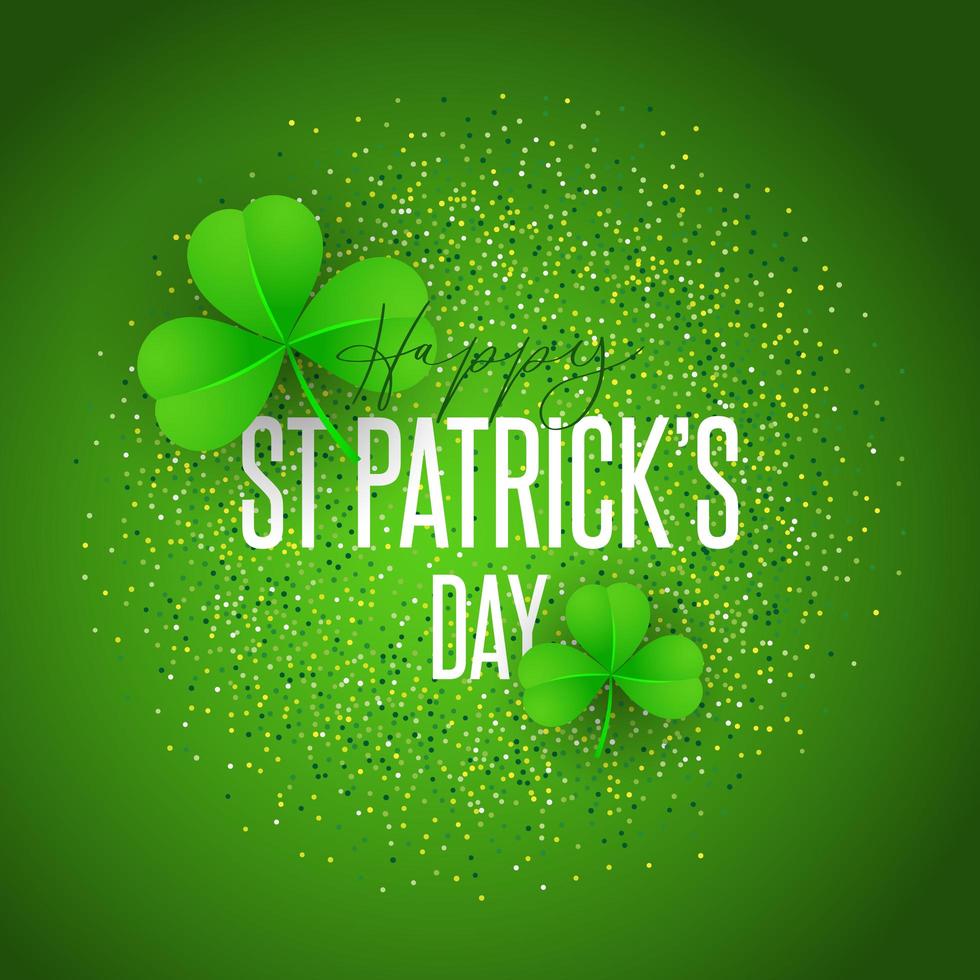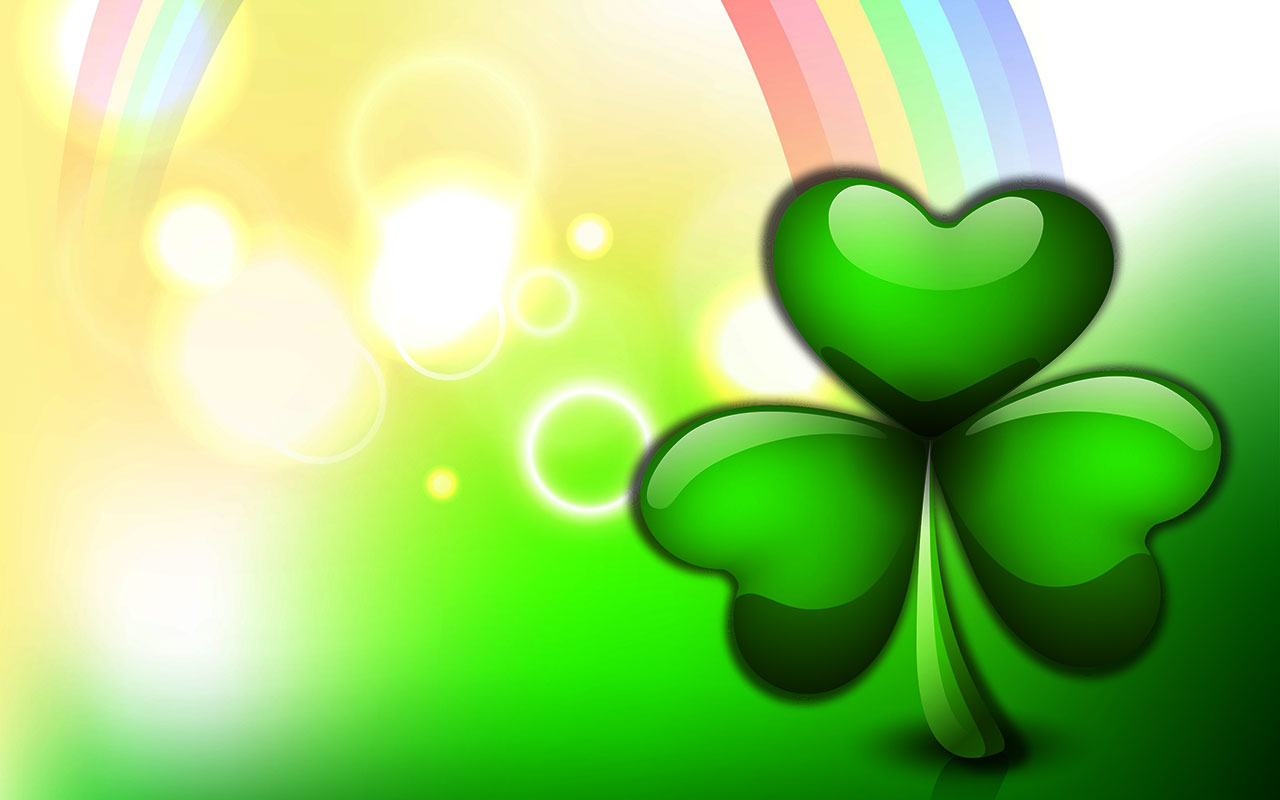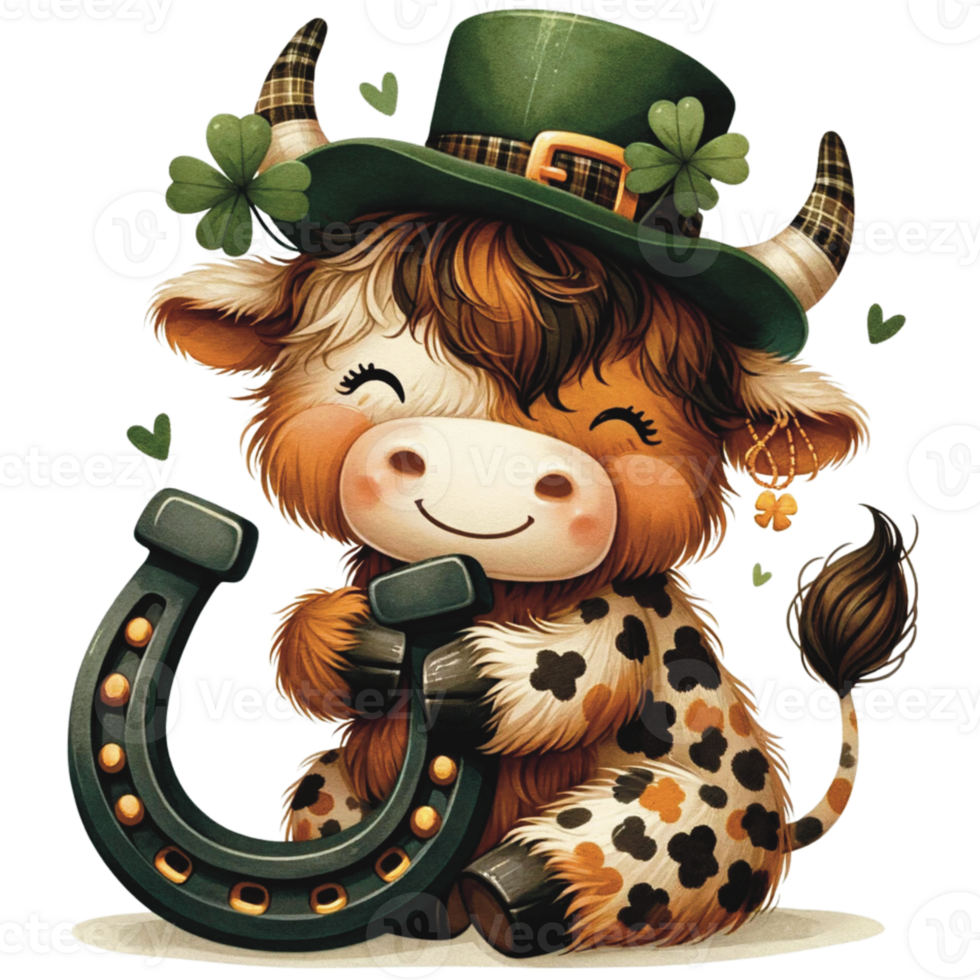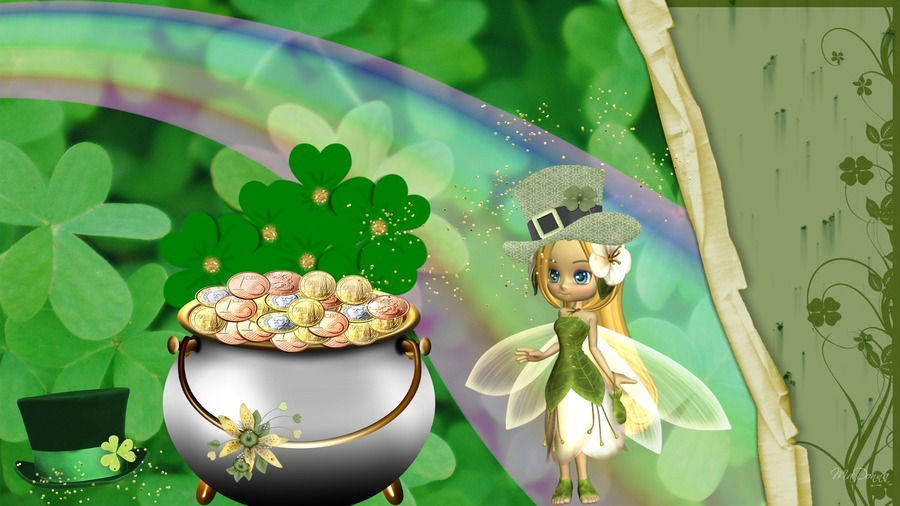Gallery
Photos from events, contest for the best costume, videos from master classes.
 |  |
 |  |
 |  |
 |  |
 |  |
 |  |
St. Patrick was born in Britain to wealthy parents in the late 4th century. He was kidnapped at the age of 16 and taken to Ireland as an enslaved worker. While in captivity, he became a devout what is the true story of st patricks day Section 3: St. Patrick’s Day Today. In the 21st century, St. Patrick’s Day has expanded beyond its Irish origins to become a global celebration. Cities around the world host parades, events, and festivals, drawing people of all backgrounds into the festivities. Monday, March 17 is St. Patrick's Day, celebrating all things Irish in the U.S. and around the world. Cities celebrate with parades, bar crawls and more. One of the reasons food and drink play such an indelible role in St. Patrick’s Day is, in fact, because of actual Irish practice and not American influence: the St. Patrick’s Day feast of March 17 falls within the six-week Christian season of Lent, in which Christians are called to abstain from certain things like meat and, in some homes The historical background of St Patrick. St Patrick’s story begins in the late 4th century in Roman Britain. At the age of 16, he was taken to Ireland as a slave, only to escape and later return as a missionary. Credited with bringing Christianity to the Irish, St Patrick’s legacy is interwoven with tales of banishing snakes from Ireland Saint Patrick’s Day, feast day (March 17) of St. Patrick, patron saint of Ireland. People of that country celebrate the day with religious services and feasts, but Saint Patrick’s Day has transformed into a largely secular holiday of revelry in other parts of the world. St. Patrick’s Day is a global celebration of Irish culture that takes place annually on March 17, the anniversary of the patron saint of Ireland's death in the fifth century. The holiday has Groundhog Day is behind us. Easter is around the corner. And in the middle is a holiday associated with merry drinking and a centuries-old religious figure: St. Patrick's Day. Monday, March 17, is St. Patrick’s Day is a global celebration of Irish culture that takes place annually on March 17, the anniversary of the patron saint of Ireland's death in the fifth century. The Irish have This is an accepted version of this page This is the latest accepted revision, reviewed on 17 March 2025. Cultural and religious celebration on 17 March For other uses, see Saint Patrick's Day (disambiguation). Saint Patrick's Day Saint Patrick depicted in a stained-glass window at Saint Benin's Church, Ireland Official name Saint Patrick's Day Also called Feast of Saint Patrick Lá Fhéile Here's a look at who Ireland's patron saint was and why he is celebrated each year. When did we start celebrating St. Patrick's Day? The first historical record of revelry for St. Patrick dates Historical Background: The Evolution of Belfast’s Parade Roots in Irish Tradition. Belfast’s St. Patrick’s Day Parade has deep historical roots, drawing on centuries-old Irish customs and the modern evolution of cultural celebrations. St. Patrick’s Day, celebrated annually on March 17th, is a beloved cultural and religious holiday with deep roots in Irish heritage. While many associate the day with leprechauns, shamrocks, and parades, the spiritual meanings and historical background of St. Patrick’s Day are often overlooked. American celebrations of St. Patrick's Day has morphed the occasion into the festive bar crawl that is seen today, however the rich history behind this day of laughter and libations that shan't be 2. Historical Background: Why March 17th? The Legacy of St. Patrick. March 17th is traditionally recognized as the day St. Patrick passed away. Although many details of his life are shrouded in legend, historians agree that St. Patrick played a crucial role in converting Ireland to Christianity. St. Patrick’s day commemorates the death anniversary of the revered saint of Ireland. Though St Patrick died in fifth century on 17th March 461 CE, it was only towards the early ninth or tenth century the Roman Catholic feast day of St. Patrick was observed. St. Patrick’s Day History and Background. St. Patrick, originally named Maewyn Succat, was born in Roman Britain in the late 4th century. At the age of sixteen, he was captured by Irish pirates and taken to Ireland as a slave. During his captivity, he embraced Christianity and developed a deep spiritual connection. Of course, Dublin, Ireland, has an extravagant multi-day St. Patrick’s Day Festival, featuring a parade, performances, and other events which attracts more than half a million spectators each year. It began in the 1920s as a military parade, shifted to a more standard procession in the 1970s, then become a full-blown party in the mid-1990s. Every year on March 17, people around the world don green attire, attend parades, and celebrate St. Patrick’s Day, a holiday that honors Ireland’s patron saint. But beyond the festive spirit, the history of St. Patrick’s Day is rooted in centuries of religious tradition, cultural heritage, and The use of green in St. Patrick’s Day celebrations gained momentum in the 19th century, particularly among Irish diaspora communities. In the United States, where St. Patrick’s Day parades and festivities were becoming increasingly popular, wearing green became a way for Irish immigrants to display their cultural pride and solidarity.
Articles and news, personal stories, interviews with experts.
Photos from events, contest for the best costume, videos from master classes.
 |  |
 |  |
 |  |
 |  |
 |  |
 |  |